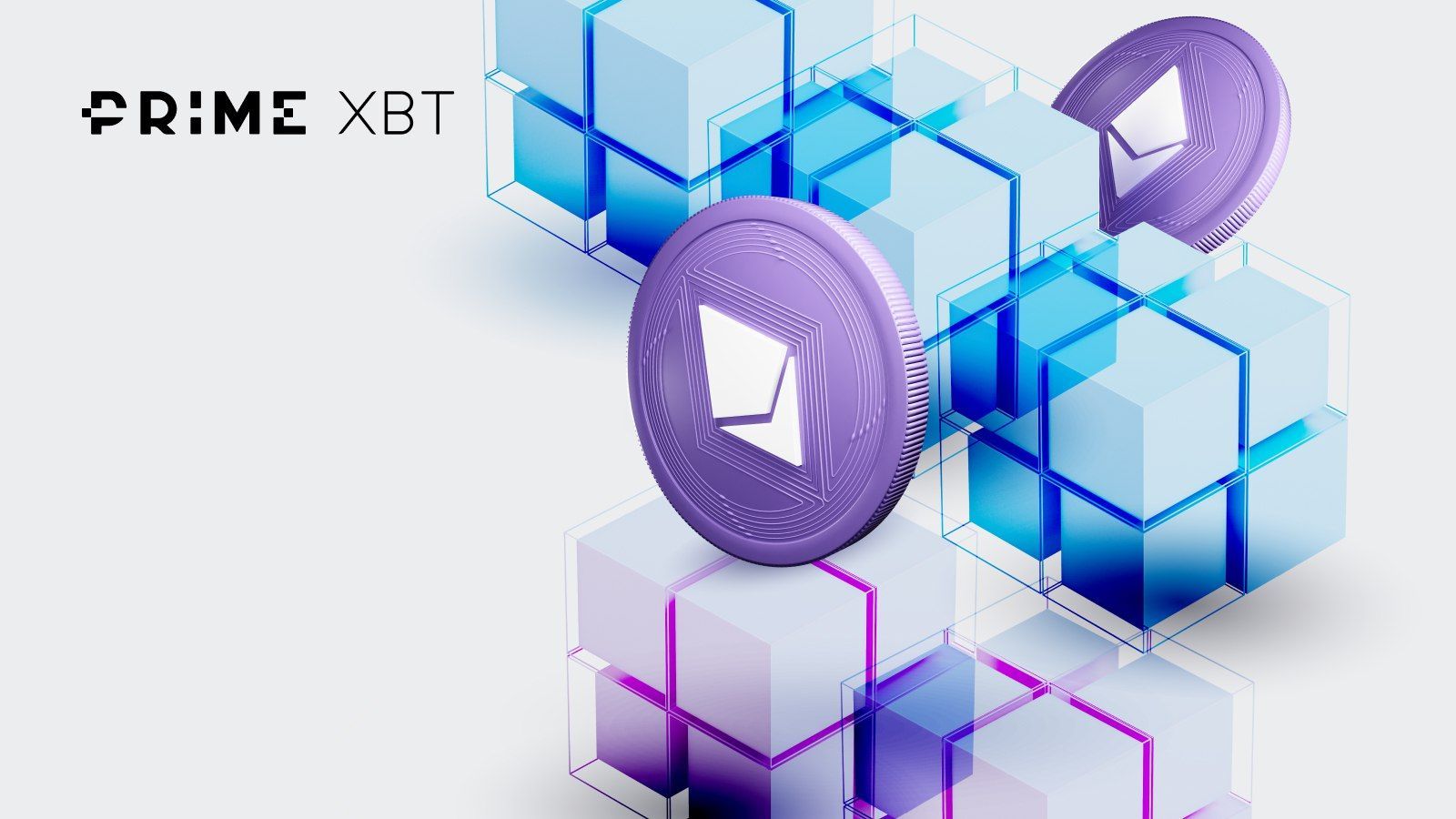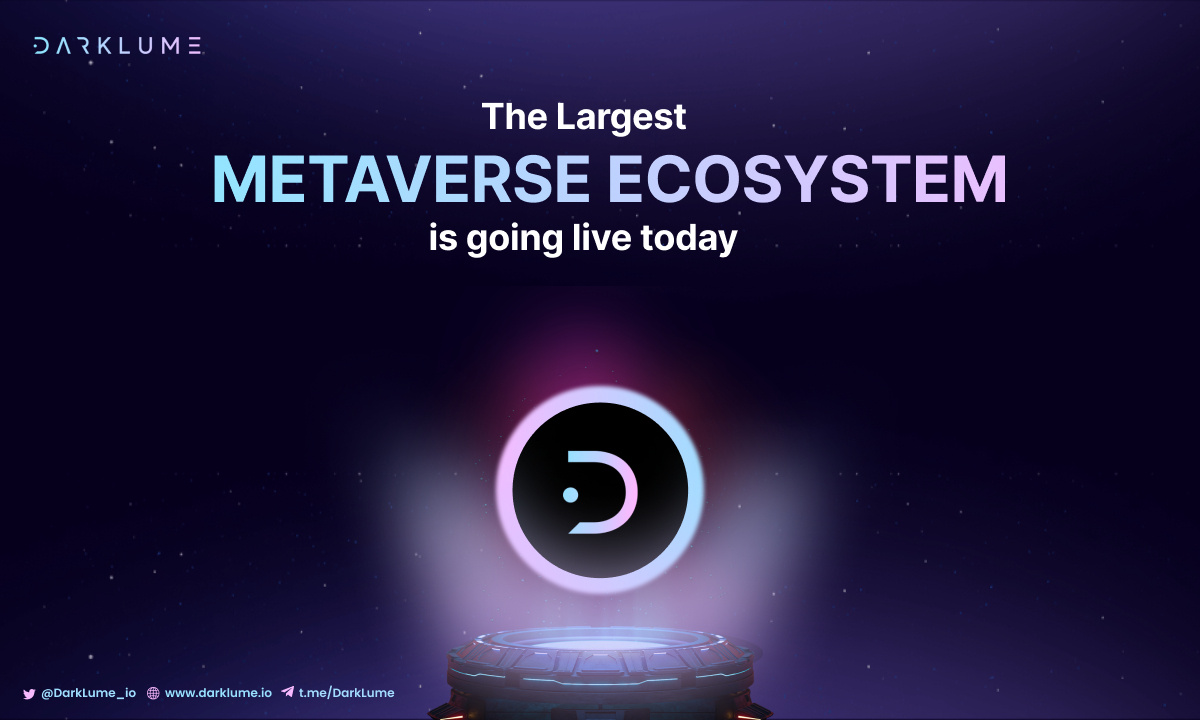Table of Contents
- GoMining: Bringing the Future of NFT-Driven Bitcoin Mining
- Home page of GoMining's website
- Stacks: Extending Bitcoin’s Functionality
- Home page of Stacks's website
- Rootstock (RSK): Fostering Financial Inclusion
- Home page of Rootstock's website
- Dovi: A Community-Driven Bitcoin Layer 2 Solution
- Home page of Dovi's website
- The Liquid Network: Pioneering Confidentiality and Speed in Bitcoin Transactions
- Home page of Liquid Network’s website
- Conclusion
With the countdown on to the 2024 Bitcoin halving, a pivotal event in the cryptocurrency world, anticipation and speculation about its impact on the market and related projects are exploding. Halvings, which occur approximately every four years, cut the reward for mining new blocks in half, thereby reducing the rate at which new bitcoins are generated.
Built right into Bitcoin's core, this mechanism also historically pumps up the market with a dose of optimism. Thus, past halvings have catalyzed significant market movements: the 2012 halving preceded a more than 8,000% price surge in the following year; the 2016 event was followed by a rally of over 2,900% in the next 18 months; and after the 2020 halving, Bitcoin's value soared by approximately 500% within a year.
In this article, we highlight five promising initiatives that are opening doors to new possibilities and fresh takes on the technology behind the Bitcoin blockchain. From innovative mining solutions to Bitcoin functionality extensions, these promising projects appear to be on track to explode in growth following this year’s Bitcoin halving event.
GoMining: Bringing the Future of NFT-Driven Bitcoin Mining
GoMining has pioneered a fresh path that goes way beyond conventional mining. Using a groundbreaking Liquid Bitcoin Hashrate (LBH) protocol, it’s turning the raw power of actual mining into one-of-a-kind non-fungible tokens. This means that each NFT is essentially a form of hash rate ownership, a tangible proof-of-ownership that is permanently tied to the NFT. This melding of real-world value with digital assets makes the NFT not just a piece of art or a collectible, but a liquid asset in the truest sense of the word. Users have the unique ability to increase their mining power or enhance the efficiency of their miners with just a few clicks, so the yield from these mining NFTs is both predictable and easily scalable.
Home page of GoMining's website
With GoMining's substantial global infrastructure (a formidable current power capacity of 350 MW across its data 9 centers globally), 7 years of building Bitcoin mining infrastructure expertise, and operational excellence boasting an uptime of over 99% for its mining equipment, the project is uniquely positioned for growth, especially in the aftermath of the 2024 halving.
There is no lack of activity on the part of GoMining when it comes to the crypto mining game, with their real-world wins and growing backers proving their worth. Up until now, GoMining has managed to sell an impressive 96,966 NFTs. These NFTs represent a significant amount of sold hashrate—specifically, 3,668,686 terahashes per second (TH/s)—further evidencing the platform’s extensive capacity and reach in the mining landscape.
Meanwhile, the ecosystem’s native GOMINING token serves as a means of payment when buying NFTs, covering NFT maintenance fees, and even paying for instant digital miners’ upgrade in terms of their computing power potential and energy efficiency level, reflecting its intrinsic utility in this novel mining narrative.
GoMining’s roadmap ahead is nothing short of ambitious. They’re gearing up to supercharge their hashrate to a whopping 10,000,000 TH/s and are on track to unveil new collections and mining formats, open new data centers, and introduce an innovative GoMining pool.
They’re not just scaling up operations; they’re strategically allying with partners, weaving in AI capabilities, and setting sights on the US and MENA regions.
This vision turns mining into a simple and, what’s more, affordable experience, where complex mining power becomes as accessible and unique as an NFT— a radical, new mining narrative that’s inclusive and efficient.
This unique approach, combined with the platform's user-friendly features and scalable yield potential, places GoMining at the forefront of Bitcoin projects poised for significant growth in the post-halving period, eager to ride the wave of growth following the 2024 Bitcoin halving. With a user-friendly platform poised for expansive growth after Bitcoin's halving, GoMining is not just keeping pace with the future — they're driving it, making sure that when it comes to mining, the doors are wide open for everyone.
Stacks: Extending Bitcoin’s Functionality
Stacks is leading the way as an innovative Layer-2 solution, bringing to life smart contracts and decentralized apps (DApps) directly on the Bitcoin blockchain while keeping its fundamental qualities intact. The platform introduced a suite of innovations, including transaction settlement in Bitcoin, the use of the Clarity language designed for safer smart contracts, and mechanisms like atomic swaps linking assets directly with BTC. A key distinction of Stacks is its Proof of Transfer (PoX) consensus protocol, which is notable for being energy-efficient and using Bitcoin's proof-of-work algorithm.
Home page of Stacks's website
Stacks’ own currency, STX, is used to incentivize miners and provide a base for the Bitcoin peg, which is fundamental to maintaining the decentralized system. STX was distributed to the public through a SEC-qualified token offering, demonstrating the project's commitment to legal compliance and transparency.
Stacks’ upcoming Nakamoto Release expected to begin between April 15-29 is a significant update set to introduce faster transactions with 100% Bitcoin finality to the network, facilitating the operation of sBTC. With the projected Nakamoto release, Stacks aims to further enhance its functionality by introducing a decentralized two-way Bitcoin peg, boosting transaction speeds, and reinforcing transactions with the full security of Bitcoin’s hash power. This not only makes Bitcoin programmable but also unlocks vast amounts of capital for use in decentralized applications, with the ambition to transform all that sleeping Bitcoin wealth into an active, productive asset.
Approximately 2-3 months following the Nakamoto release, sBTC aims to unlock $500 billion in latent capital by enabling Bitcoin programmability and the secure transfer of BTC between Bitcoin’s primary layer (L1) and its secondary layer (L2), effectively catalyzing economic activity on the network, infusing Bitcoin with fresh, dynamic energy.
So, Stacks only shows promise but also positions itself perfectly to ride the wave of growth expected after Bitcoin's next halving moment. With a series of updates on the horizon it’s promising to boost the speed of transactions and wake up a vast treasure of unused capital while holding fast to the trust and robustness we've all come to associate with Bitcoin.
Rootstock (RSK): Fostering Financial Inclusion
Rootstock (RSK) represents a pivotal movement towards financial inclusion by integrating Ethereum-like smart contracts with the secure network of Bitcoin, creating a hybrid platform designed for decentralized applications (DApps) that aim to make finance more accessible to all. This innovative merger brings together the adaptability and versatility of smart contracts with the robust security that Bitcoin's blockchain is known for.
Home page of Rootstock's website
RSK's network boasts a formidable net hashrate of 300 Exahashes per second (EH/s), underscoring the massive computational power securing its blockchain. Notably, the platform has successfully locked in 2,738 RBTC within its two-way peg (2WP) system, with a maximum locking cap of 21,000,000 BTC, mirroring Bitcoin's finite supply. This feature emphasizes RSK's deep integration with Bitcoin and its commitment to maintaining a harmonious balance with the Bitcoin ecosystem. Moreover, RSK has attracted over 80,657 active accounts, illustrating the growing community and user base actively engaging with the platform since its establishment.
RSK stands out as an EVM-compatible smart contracts platform that champions a more decentralized world. Its market cap has impressively reached USD $317,661,339, reflecting its substantial impact and adoption within the crypto space. The platform's average Bitcoin hash rate through merged mining is at 46%, showcasing its efficiency and the seamless opportunity for miners to secure both networks without additional resources. Monthly, RSK processes about 68,400 transactions, demonstrating its capability to handle significant activity and user interaction.
Among its features, RSK prides itself on scalability, interoperability, and speedy transactions. It enables the deployment of EVM-compatible smart contracts, allowing developers to leverage the unmatched security of Bitcoin's network. Each smart contract on RSK can also be deployed on Ethereum, ensuring full compatibility and extending the potential for innovation across both blockchains
Through its commitment to security, innovation, and financial inclusion, RSK solidifies its position as a valuable project poised to enrich the Bitcoin ecosystem in the face of the evolving challenges and opportunities presented by halving events.
Dovi: A Community-Driven Bitcoin Layer 2 Solution
Dovi is stepping up as a fresh Layer-2 approach, built on top of Bitcoin. The goal of this project is to make the blockchain faster, slash transaction fees, and nurture a financial environment that’s both more secure and decentralized. This venture puts the community in the driver's seat, aiming to add functionality to Bitcoin.
Home page of Dovi's website
With its EVM compatibility, Dovi opens the Bitcoin network to a realm previously dominated by Ethereum: smart contracts and decentralized finance (DeFi). Now, developers have the green light to take smart contracts made for Ethereum and set them up directly on Bitcoin’s network. This opens the door wide open for all sorts of DeFi applications – from decentralized marketplaces, to lending platforms, and countless other applications. Mixing Bitcoin's solid security with Ethereum’s flexibility for developers and users makes for an intriguing combination.
Dovi's giving Bitcoin a privacy boost and making data handling smoother by weaving in Schnorr signatures along with MAST structures. By smartly using the available space in a block, this method doesn't just make things neater; it also wraps transactions in an extra layer of privacy.
After Bitcoin's halving event, all eyes are on Dovi’s ambitious plans to enhance Bitcoin with smart contracts, better scalability, and top-notch security. As Bitcoin keeps adapting, especially with the changes that come from the halving event, Dovi's Layer-2 solution is appearing as one of the major players.
The Liquid Network: Pioneering Confidentiality and Speed in Bitcoin Transactions
A layer-2 solution built on top of Bitcoin's time chain, Liquid Network enables swift, confidential settlement and issuance of digital assets, such as stablecoins, security tokens, and other financial instruments. Liquid shares a family tree with Bitcoin, while also sprouting fromBlockstream's Elements Blockchain which shines in open-source projects by providing their unique sidechain capabilities.
Home page of Liquid Network’s website
The most interesting aspects of Liquid are fast and final settlements, with Liquid Bitcoin (L-BTC) achieving finality within two minutes. Plus, there's a feature called Confidential Transactions which keeps your transactions private, making sure they stay only between you and where they’re headed.
Operated by a globally distributed network of members, including exchanges, financial institutions, and other Bitcoin-focused companies, Liquid Members collectively manage the ecosystem and guide its development. Moreover, they are able to self-verify activity on the network via Liquid full nodes. Technically, Liquid employs Strong Federations for consensus, which eliminates the need for energy-intensive Proof of Work mechanisms, relying instead on the collaborative actions of a group known as functionaries. The network’s resilience is bolstered by this setup, enabling it to continue operations even if a third of the functionaries go offline, and ensuring the security of funds through multisig wallets with built-in emergency recovery procedures.
There’s a steady growth in the circulation of L-BTC. As of April 2024, there are approximately 3,866.78303054 L-BTC in circulation, which demonstrates a successful expansion in the circulation suggesting a growing user base and utilization of the network’s features. The ability to lock Bitcoin into the network to mint L-BTC, and then transact privately and quickly, is a key feature that appeals to traders and exchanges that require more confidentiality and speed.
All these factors make Liquid Network particularly attractive post-halving when the Bitcoin community looks towards solutions that can enhance efficiency and value in the face of reduced block rewards.
Conclusion
Among a constellation of innovative projects aiming to meet the needs of the post-2024 halving world, GoMining, Stacks, RSK, Dovi, and the Liquid Network each bring their own brand of ingenuity to the table. They are expanding the realm of what's possible within the Bitcoin ecosystem—from GoMining's reshaping of mining through NFTs, an impressive infrastructure in place, and a significant global presence, to Stacks enhancing Bitcoin’s programmability, RSK’s smart contract integration, Dovi's Layer-2 scalability solutions, to the Liquid Network’s confidential transactions. These five projects are poised to not just adapt to the post-halving world but to lead the charge.
Disclaimer: The content provided here is purely for educational, entertainment, and informational purposes and should not be interpreted as financial advice.
Investment Disclaimer










